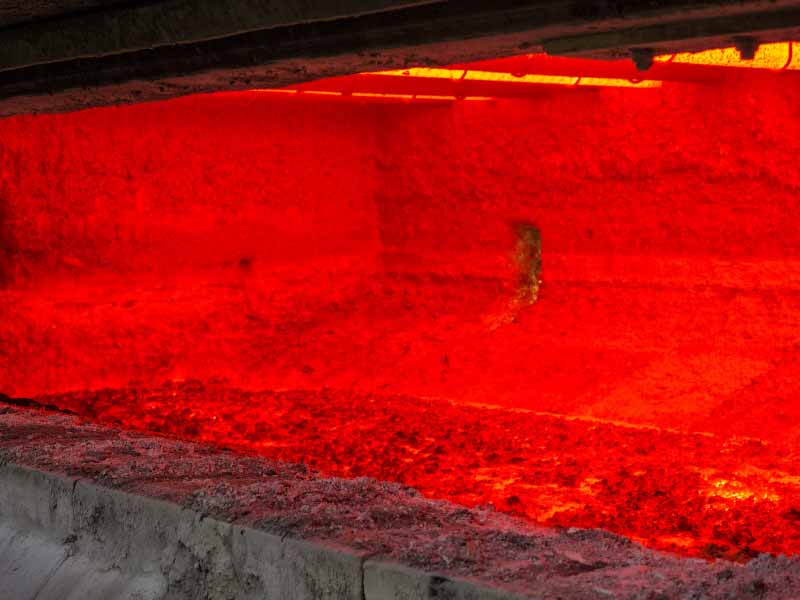
05 5月 Fluxes for Melting Aluminum
How to use Fluxes for Melting Aluminum to separate aluminum slag
Aluminum Flux generally consists of chlorides and fluorides of alkali metals and alkaline earth metals.
Its main components are KCl, NaCl, NaF. CaF?, Na3AlF6, Na?SiF6, etc., but the content of the components varies greatly, and the effects are also different.
In addition to using flux produced by refining flux manufacture, it is best to adjust the flux component ratio according to the composition of the smelted aluminum alloy.
At the same time, strictly control the refining process conditions, such as the amount of Fluxes for Melting Aluminum, the contact time, contact area, stirring condition, temperature, etc. of Aluminum Flux and the melt. Using the refining agent can effectively reduce the aluminum in the slag and reduce the casting loss.
In the smelting process of aluminum and aluminum alloys, in addition to its own inclusions, aluminum is easy to form alumina or sub-alumina with oxygen, resulting in a layer of scum on the surface of the aluminum liquid, which has certain wettability with the aluminum melt, slag There is a considerable amount of melt in it, which requires an Aluminum Flux to change the wettability of the two, increase the surface tension at the interface between the slag and aluminum, and separate the slag and aluminum.

Control the bubble blowing height during liquid aluminum refining
The general refining method is to manually sprinkle Aluminum Flux into the furnace, and then stir and refine.
For the production of some alloys, nitrogen blowing refining (about 30 minutes) is required to drive the large fluctuations of liquid aluminum, so it is best to adjust the nitrogen pressure and control the height of the blowing bubble to 10-15mm.
Effectively deal with the aluminum slag generated during the casting process
Aluminum slag is an inevitable part of the melting and casting process. Despite the relevant measures, a certain percentage of metal aluminum will be taken out.
Therefore, the smelter needs to effectively treat the aluminum slag.
The easiest and most economical method is to use mills to grind the aluminum slag repeatedly and then screen it, so as to effectively recover some aluminum beans.
Reduce the slope of the slag of the mixed furnace, and fully remove the aluminum slag out of the furnace.
The size of the slag slope of the mixed furnace directly affects the amount of aluminum slag.
If the slope is too large, most of the slag will not be picked out, resulting in a large amount of aluminum slag and aluminum deposition, and the slag and aluminum deposits cannot be recovered in time when the furnace is cleaned.
On the premise of ensuring the capacity of the mixing furnace, reduce the slope of the slag slope as much as possible.
Strictly control the quality of slag to prevent liquid aluminum from being taken out.
The existing slag scraping operation is basically using a large rake to scrape aluminum slag out of the furnace door.
In addition to requiring careful operation by personnel during this operation, try not to bring the aluminum liquid out.
At the same time, the design of the large rake also needs to be careful. It is recommended to open several rows of small round holes on the surface of the large rake, so that the liquid aluminum in the aluminum slag can flow into the furnace, otherwise excessive liquid aluminum will be brought out and returned to the furnace after being brought out. damage.
Reduce the amount of defective aluminum and bulk aluminum.
During the production process, strictly follow the process requirements to ensure that one furnace is produced and one furnace is qualified.
Especially in the production of general aluminum, as far as possible to avoid flashing, burrs, corrugation, inconsistent weight and other defective aluminum.
At the same time, before the production ends, the liquid aluminum in the flow tank is pushed into the mold as much as possible to form a qualified product to reduce the amount of bulk aluminum.
Effectively deal with the defective aluminum that has been produced
For inferior aluminum, bulk aluminum, aluminum slag, aluminum beans, etc. produced for various reasons, a suitable furnace order is added to the mixing furnace.
When necessary, waste recycling can be carried out first to avoid unnecessary burning.
Conclusion
Through the above analysis, although the aluminum melting loss is inevitable in the casting process.
However, measures such as controlling the temperature of the aluminum liquid, reducing the contact strength between the aluminum liquid and the air, controlling the aluminum content in the aluminum ash, and reducing the amount of defective aluminum will have a significant effect on effectively reducing the aluminum melting loss during the casting process. Will bring considerable economic benefits to the enterprise.


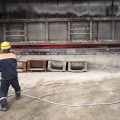
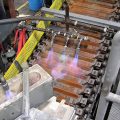
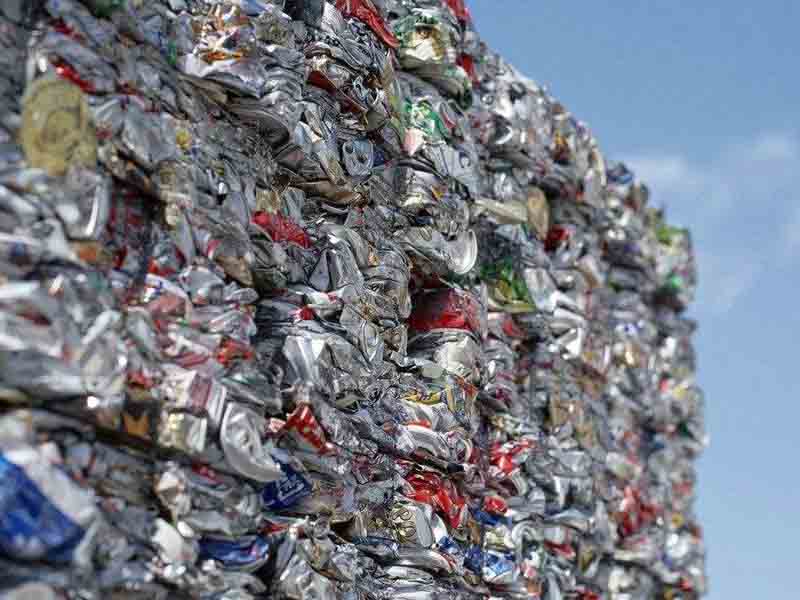
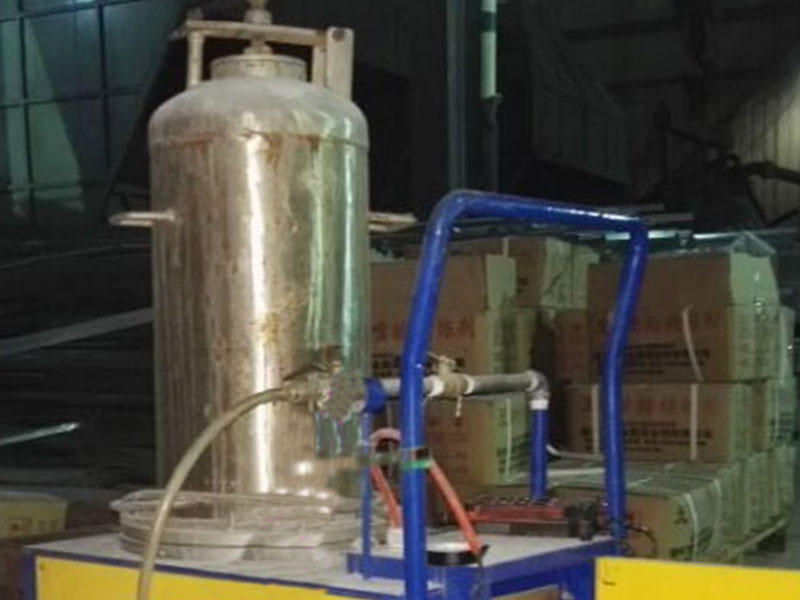
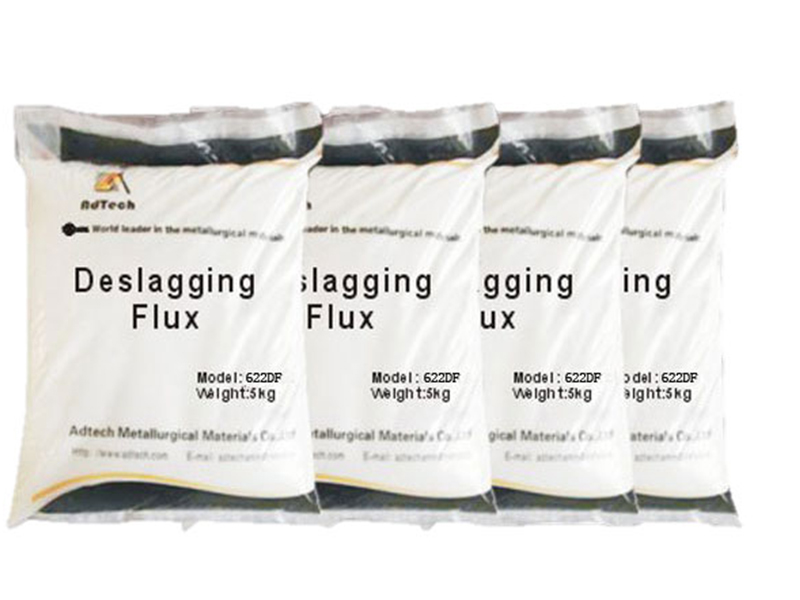
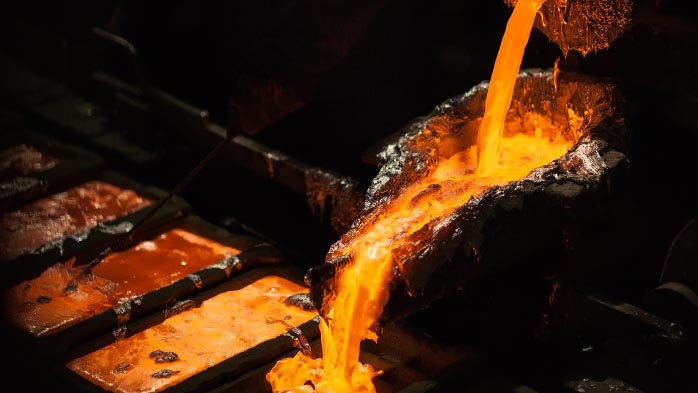

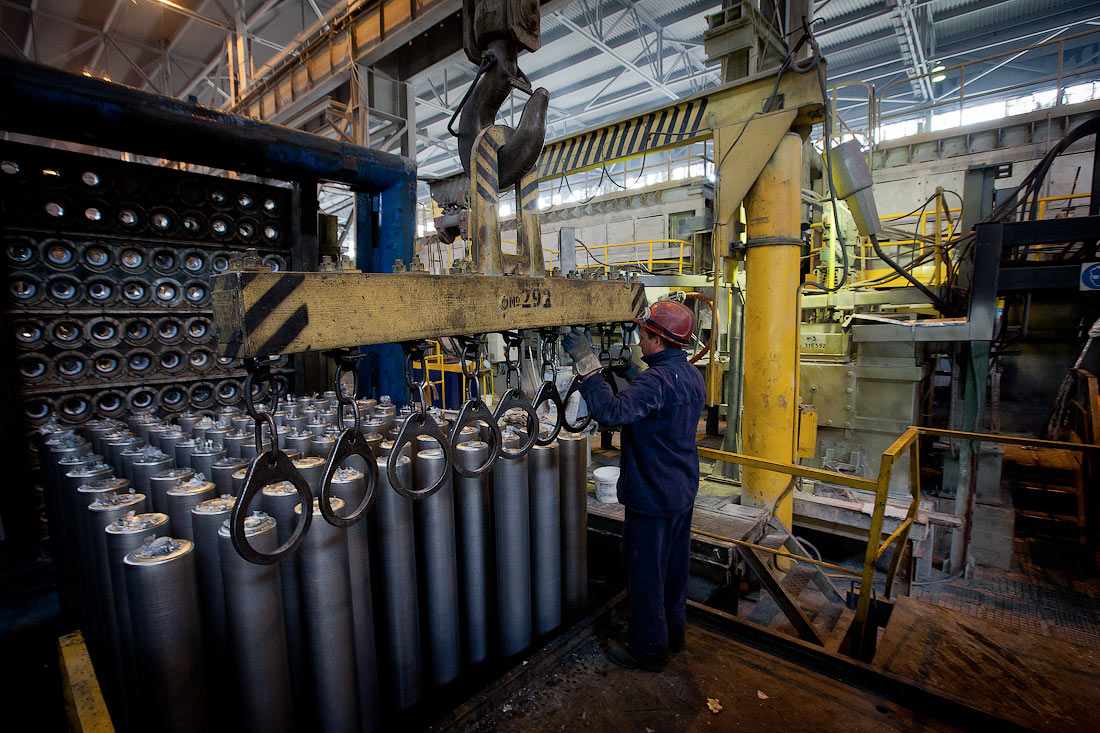
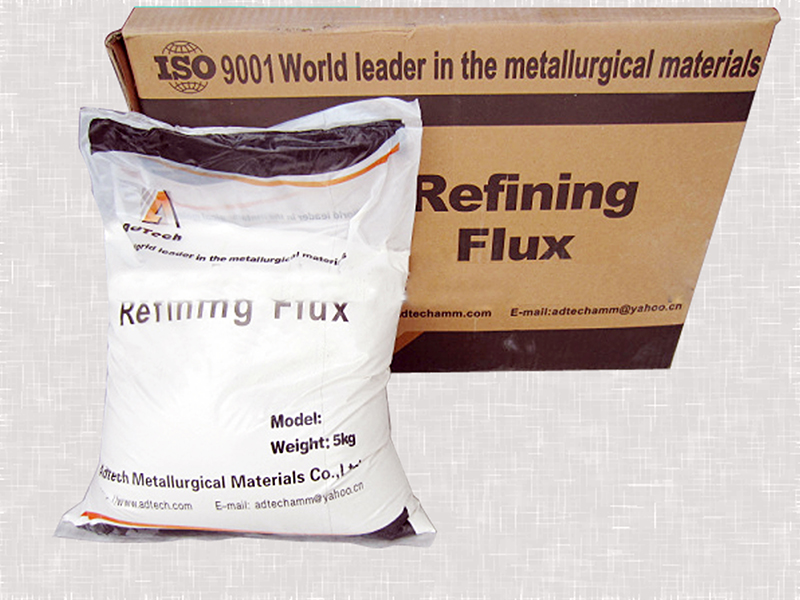
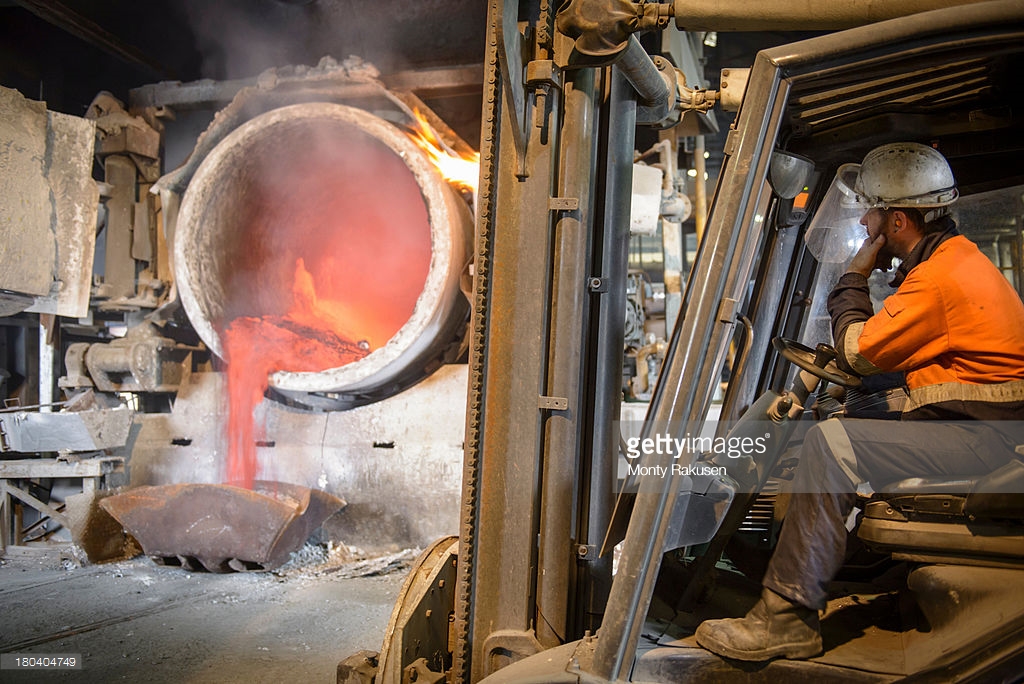
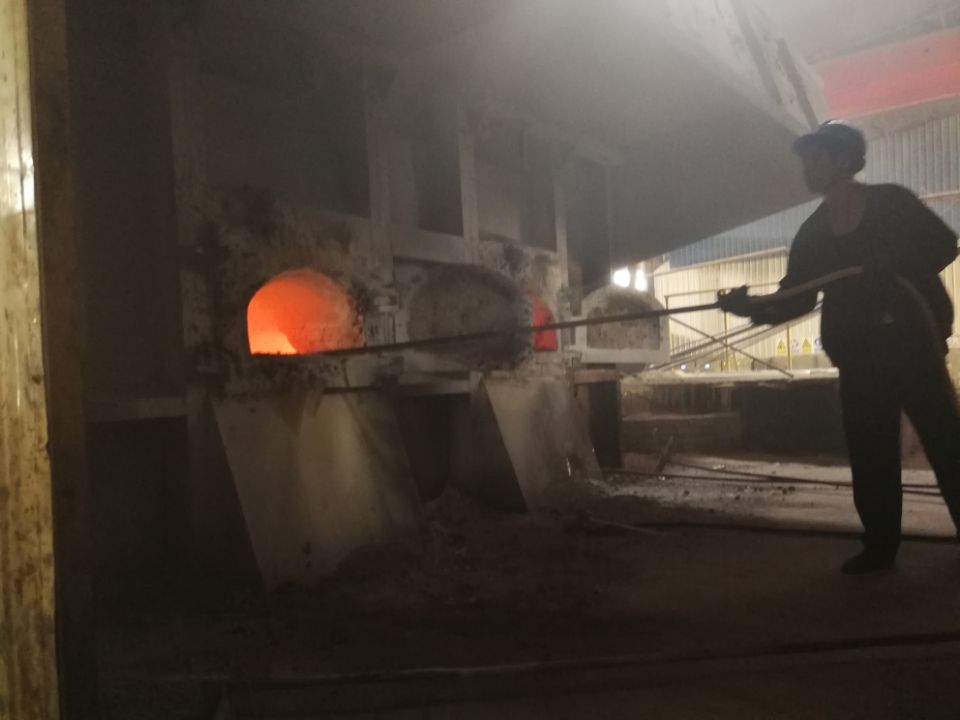
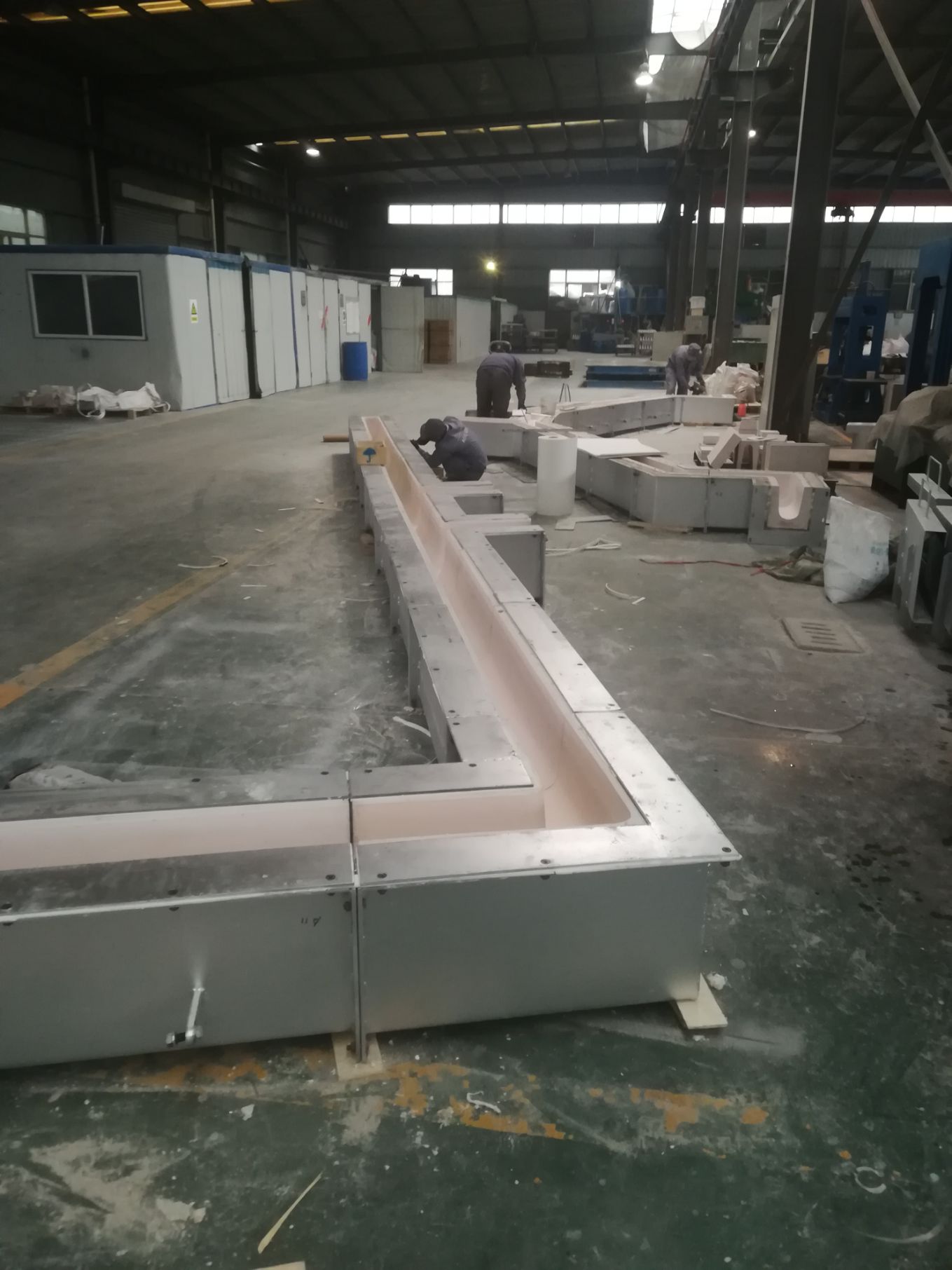

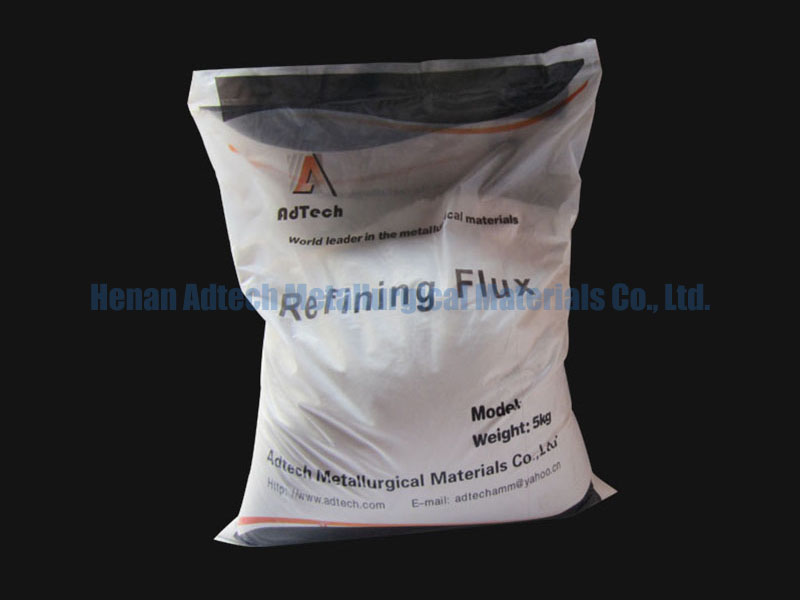
Sorry, the comment form is closed at this time.